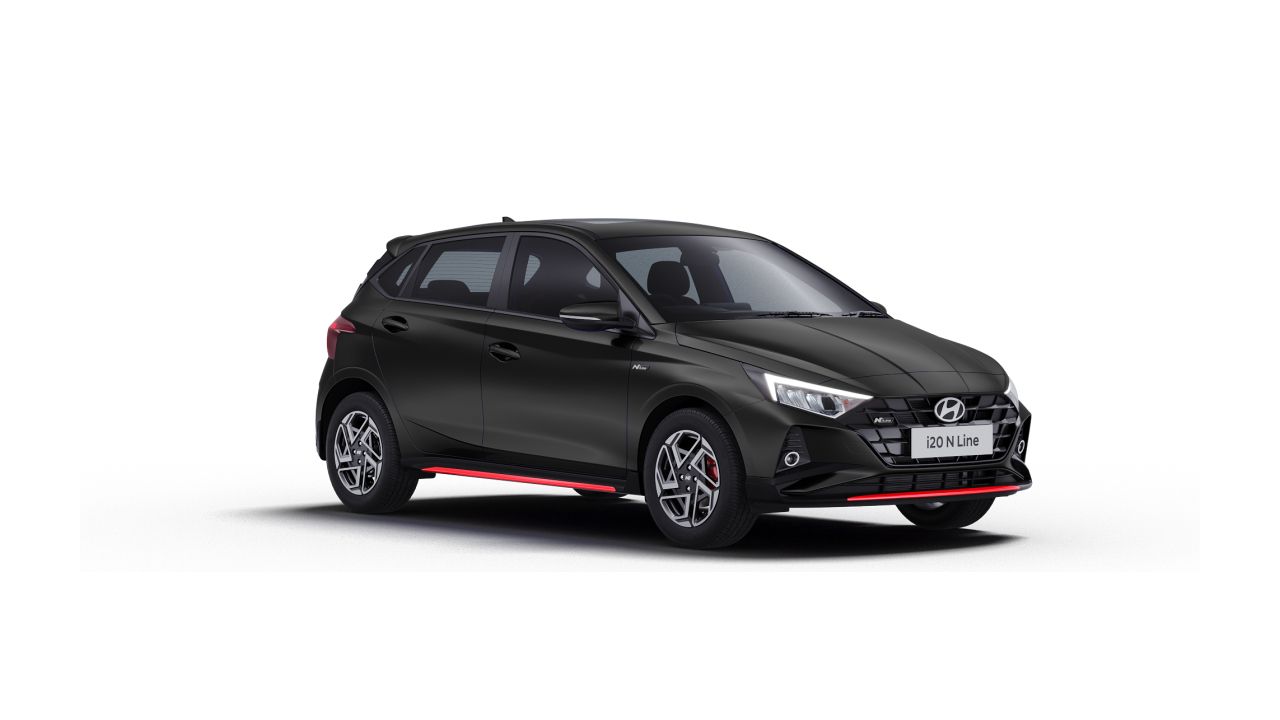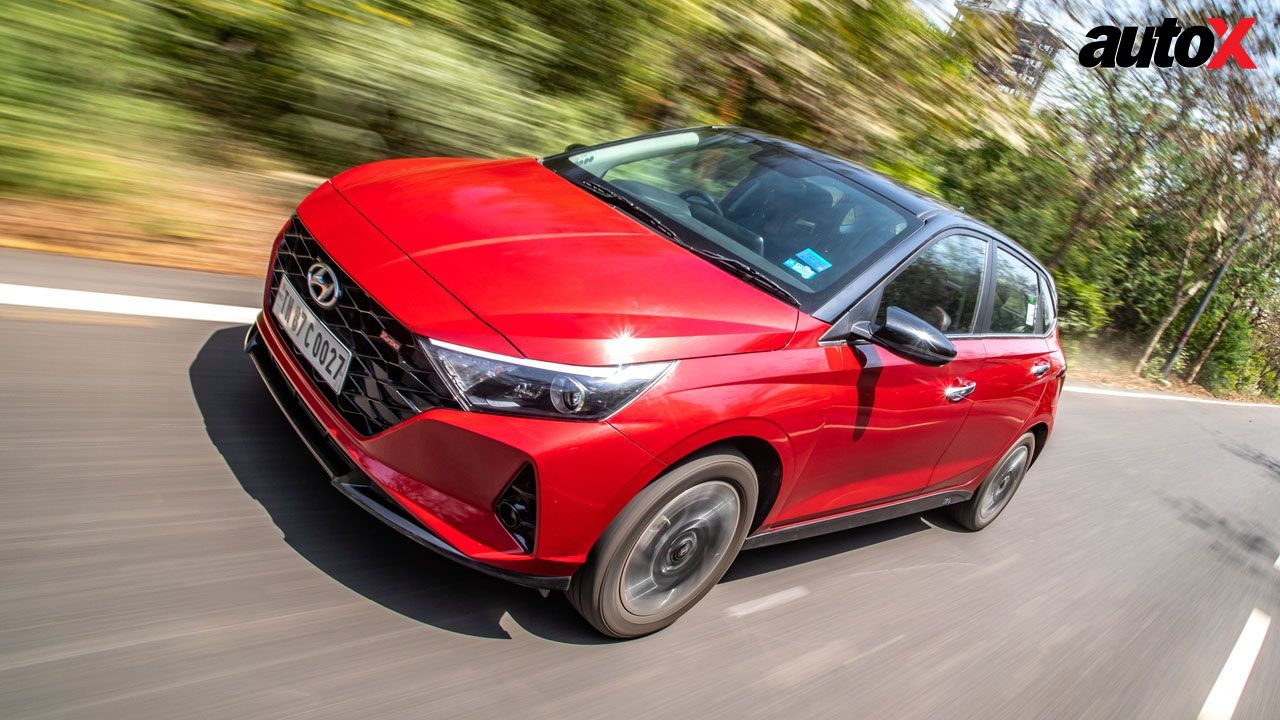
The Honda CB300R and KTM 390 Duke stand as prominent contenders in the fiercely competitive world of sporty lightweight motorcycles. The CB300R, known for its sleek design and refined engineering, epitomizes the blend of style and performance in its segment. On the other hand, the KTM 390 Duke has bold and aggressive aesthetics and is a formidable force. It showcases raw power and cutting-edge technology.
In this comparison, we delve into the distinctive features and characteristics of these two motorcycles. We aim to provide enthusiasts and potential buyers with valuable insights. As the market for entry-level sport bikes continues to grow, understanding the nuances of both bikes becomes increasingly significant. This comparison will shed light on the strengths and weaknesses of each model, aiding riders in making an informed decision.
Design and Styling
The Honda CB300R boasts a design that seamlessly blends modern aesthetics with a minimalist approach. With its Neo Sports Café-inspired look, the CB300R features a compact and muscular stance. The exposed hardware, including the trellis frame and under-slung exhaust, adds an industrial edge to its design. The bike’s LED lighting elements contribute to its contemporary appearance. Noteworthy are the sharp lines and attention to detail, which enhance the overall aesthetics.

In contrast, the KTM 390 Duke exudes a more aggressive and bold design language. The distinctive split LED headlamp, sharp tank shrouds, and the exposed orange trellis frame give a menacing look. The edgy design elements, coupled with the angular bodywork, contribute to a distinctive and visually striking appearance. KTM’s focus on a sporty and aggressive design is evident in every detail, giving it a sheer visual appeal.
Engine Performance
The Honda CB300R is equipped with a 286cc single-cylinder engine that exemplifies Honda’s focus on efficiency and versatility. The engine is a well-balanced power plant, delivering around 30.7bhp @ 9000 and 27.5 nm @ 7500 of torque. While the CB300R may not be the most powerful in its class, its delivers refined and linear power. This delivery makes it an ideal choice for riders seeking a smooth and predictable performance, especially in urban environments. The engine’s efficiency is complemented by its manageable power, providing an enjoyable riding experience for a diverse range of riders.
On the other hand, the KTM 390 Duke takes a more performance-oriented approach with its 393.63 cc single-cylinder engine. This powerhouse generates an impressive output, delivering around 45.3 bhp @ 8500 and 39 nm @ 6500 of torque. KTM’s focus on providing a thrilling and dynamic riding experience is evident in the 390 Duke’s performance metrics. The engine’s quick revving nature, combined with a robust mid-range torque, makes it a formidable contender for exhilarating ride.
Handling and Riding Experience
The Honda CB300R delivers a balanced and user-friendly riding experience, thanks to its well-engineered suspension and chassis. The bike is equipped with a premium 41mm inverted fork upfront and a pro-link rear suspension system. This setup leads to provide a comfortable yet responsive ride. The lightweight chassis contributes to agile maneuverability, making it an excellent choice for urban commuting and spirited twisty rides. The CB300R’s riding experience is characterized by its nimble handling, offering riders confidence and control. Further, the ergonomic design ensures a comfortable riding posture, enhancing the overall enjoyment during extended journeys.
Conversely, the KTM 390 Duke offers a dynamic and spirited riding experience with a focus on aggressive handling. The bike’s sharp and responsive handling is facilitated by its high-quality WP suspension setup. It comprises an upside-down front fork and a mono-shock at the rear. Besides, the trellis frame and lightweight design contribute to the 390 Duke’s exceptional agility. This combination makes it an exhilarating choice for riders seeking more aggressive and sport-oriented rides.

Technology and Features
The Honda CB300R, although positioned as an entry-level motorcycle, comes equipped with a range of technological offerings, enhancing riding experience. Its noteworthy features include a fully digital LCD instrument panel that provides riders with essential information clearly and concisely. It has an LED lighting system including the headlight and taillight, which contributes to its modern aesthetics and improves visibility. The Bike also incorporates a dual-channel ABS for enhanced safety during braking.
In contrast, the 390 Duke stands out with its advanced technological highlights, catering to riders seeking a more performance-oriented package. The bike features a TFT display that provides a wealth of information, including ride modes, gear indicator, and connectivity options. This KTM bike also incorporates ride-by-wire technology, enabling precise throttle response and allowing for multiple riding modes. Further, the inclusion of a quick-shifter adds a sporty touch, enhancing gear-shifting efficiency. Additionally, the bike features cornering ABS, traction control, and a slipper clutch, elevating its technological prowess and safety features.
Price and Variants
The Honda CB300R positions itself as an affordable yet stylish entry into the sport bike segment. With a competitive pricing strategy, the CB300R appeals to riders seeking a balance between cost and quality. While specific pricing may vary by region and model year, the bike typically offers a compelling value proposition.
On the other hand, the KTM 390 Duke presents a slightly higher price point, reflecting its more advanced features. Despite the increased cost, it positions itself as a value-packed offering within the middleweight sport bike category.
The Honda CB300R price starts at Rs. 2.4 Lakh (avg. ex-showroom) and it is available in 1 variant. On the other hand, the KTM 390 Duke Price starts at Rs. 3.11 Lakh (avg. ex-showroom). This bike is also sold in a single variant.
Conclusion
In summary, both bikes bring distinct strengths to the table in the competitive world of sporty lightweight motorcycles. The choice between these two bikes ultimately depends on the rider’s preferences and priorities. For those looking for an affordable and practical entry into the sports bike segment, the CB300R offers a solid value proposition. Ultimately, personal preferences, riding style, and budget considerations should guide the decision-making process.














Comments
Things to Look for When Choosing Study Abroad Consultants in Kerala